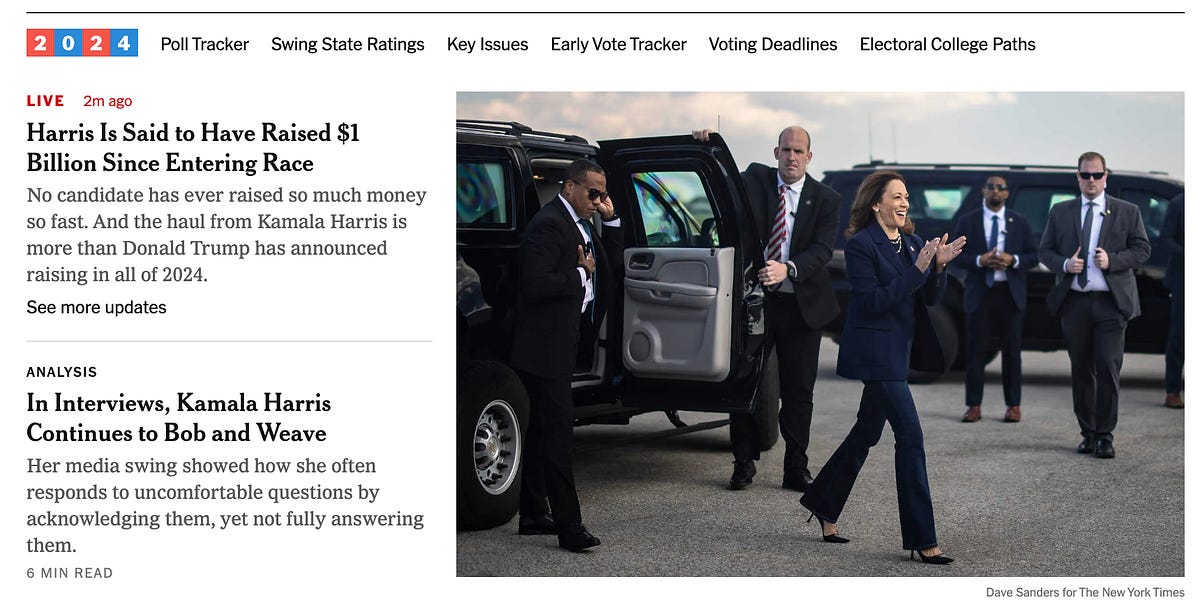The future of marketing lies in video content, said HubSpot CEO Brian Halligan. Can you agree with him? Your business could benefit from video content in many ways for various purposes. It’s no wonder that many marketers are looking for new ways to incorporate video content into their strategies.
What Is A Video Content Strategy?
A video content strategy is a plan for creating and distributing videos that align with your business goals. The first step is determining what kind of videos you want to make. Do you want to produce product demonstrations, customer testimonials, or educational content? Once you know the type of video you want to create, you need to develop a distribution strategy.
A video content strategy helps you ensure that your videos are well-planned and targeted at the right audience. This involves deciding where and how you will promote your videos. You can post them on your website, social media, or other platforms. You will also need to determine how often you will produce new videos.
The Different Types Of Video Strategies
Businesses can use different video content marketing strategies to create engaging content. The most popular types of videos are product videos, explainer videos, and testimonial videos.
Product videos are a great way to showcase your products to your potential customers. Explainer videos help educate your audience about your business, products, or services. And testimonial videos clearly show the positive reviews of your products or services.
No matter what type of video strategy you choose, the most important thing is to create engaging and informative content that will resonate with your audience.
How To Build A Video Content Strategy For Your Business?
Like most businesses, you know that video is a powerful marketing tool. But what you may not know is how to create a video content strategy that supports your business goals. That’s where we come in. This blog post will show you how to build a video content strategy to help your business achieve its objectives.
First, let’s start with the basics: You need to understand what a video content strategy is clearly? What kind of videos will you create? Who will make them? How will they be distributed? And most importantly, how will they help you achieve your objectives?
Now that we’ve covered the basics, let’s look at how to build a video content strategy for your business. There are four key steps:
1. Define your objectives
2. Research your audience
3. Keep it concise
4. Create incentives
5. Find the right video hosting
Let’s look more closely at each of these actions:
1. Define Your Objectives
The first step in creating a video content strategy is to define your objectives. Think about what you hope to achieve with your video content. What do you want to accomplish? Is it about increasing brand awareness or promoting a particular product or service? Whatever your objectives are, clearly define them.
This way, you can measure the success of your video content later. To help you define your objectives for video content, ask these questions: What is the purpose of the video? Is it to raise brand awareness? Or to advertise a particular good or service? Be as straightforward as possible with the answers to these questions so that when you review the results later, you will know exactly what worked and what didn’t.
2. Research Your Audience
The next step in creating a video content strategy is researching your audience. For example, if you’re creating videos for YouTube, you need to know what your audience wants and what their interests are.
Include the answers to these questions in your template or outline for your videos. For example, if you’re creating an explainer video, consider writing a quick summary of your script with adjectives describing the type of person who will view your video.
That way, when you begin to write the script, you’ll have those descriptions in mind, and you’ll be able to write more targeted copy that resonates with that specific viewer.
3. Keep It Concise
Creating a video content strategy is no small feat, and it’s important not to get overwhelmed. Think big and define your overall design and approach. For example, if you are creating a series of explainer videos, consider how you will maximize the effectiveness of these videos.
You must quickly capture the viewer’s attention without creating confusion or leaving them in the dark. This means creating individualized marketing campaigns for each video, targeting specific keywords and search terms with your content to reach a unique audience. It also means keeping your videos short and to the point.
The best way to do that is by keeping it concise no matter what type of video you create.
4. Create Incentives
If you’re creating a video content strategy, you need to offer some incentives for prospective customers, so they view your video. There are endless ways of providing incentives to view your videos.
If you sell a product or service, you can offer a discount to those who watch your promotional video. You can give a free trial of your product to people who view the video, or you can offer some other way for them to get something in return for viewing.
There are endless ways to do this, so pick whatever incentives work best for you and your brand.
5. Find The Right Video Hosting
If you create multiple videos, they must be all hosted on YouTube because YouTube is still one of the biggest video marketing platforms in the market. According to Pew Research Center, 72% of Americans use YouTube, and 47% of adult Internet users visit the platform daily.
What Kind Of Videos Can You Make For Your Business?
Your business can benefit from many different types of videos. Depending on your industry and what kind of content you want to produce, you can choose from various video types to create a successful video content strategy.
Here are some of the most popular types of videos that businesses use to engage their audiences:
1. How-To Videos
How-to videos are an excellent way to provide valuable information to your audience while promoting your products or services. These videos can show viewers how to use your products, complete a related industry-related task, or even provide general tips and advice.
2. Customer Testimonials
Customer testimonials are a powerful way to build trust and credibility with your audience. By featuring real customers talking about their experience with your company, you can show potential customers that you’re trustworthy and can build your brand.
3. Behind-The-Scenes Videos
Behind-the-scenes videos offer a unique glimpse into your company and can help promote your brand effectively. These videos can feature employees talking about what they do, footage of your office or production facilities, etc.
Conclusion
If you’re thinking about creating video content for your business but don’t know where to start, this article is for you. We explained the process of building a video content strategy, from identifying your goals to planning and producing your videos.
By the end, you’ll have everything you need to create engaging, informative videos to help you achieve your business goals.
























































![Key Metrics for Social Media Marketing [Infographic] Key Metrics for Social Media Marketing [Infographic]](https://www.socialmediatoday.com/imgproxy/nP1lliSbrTbUmhFV6RdAz9qJZFvsstq3IG6orLUMMls/g:ce/rs:fit:770:435/bG9jYWw6Ly8vZGl2ZWltYWdlL3NvY2lhbF9tZWRpYV9yb2lfaW5vZ3JhcGhpYzIucG5n.webp)
















